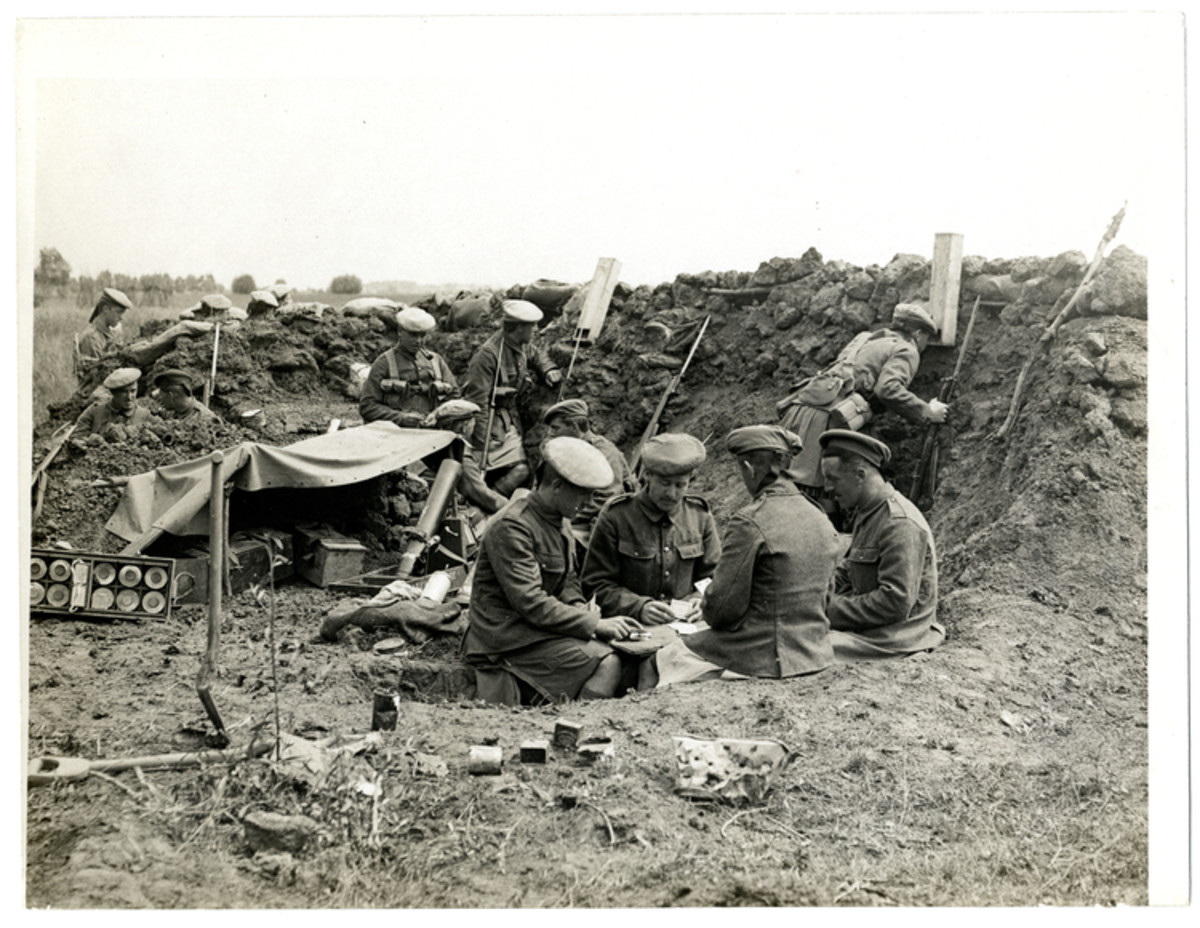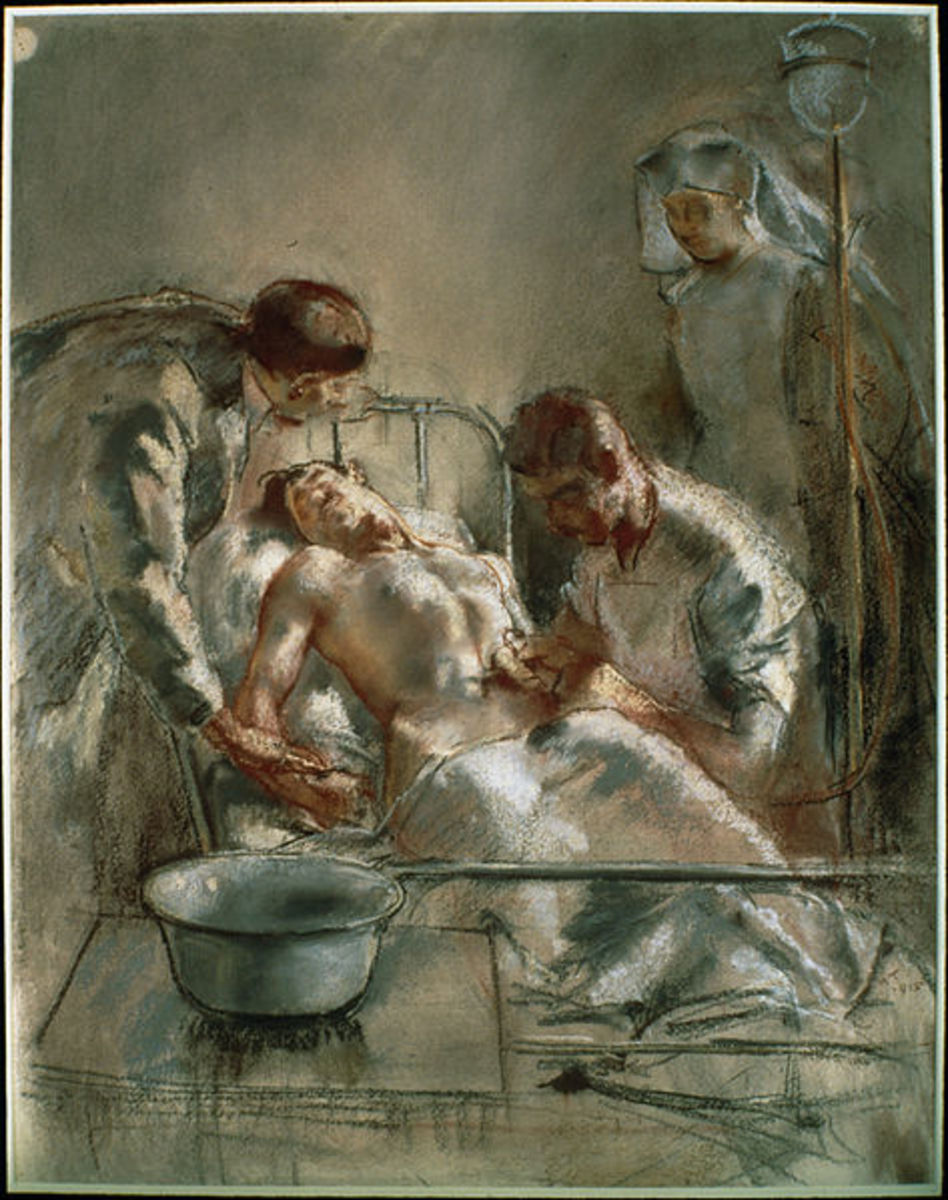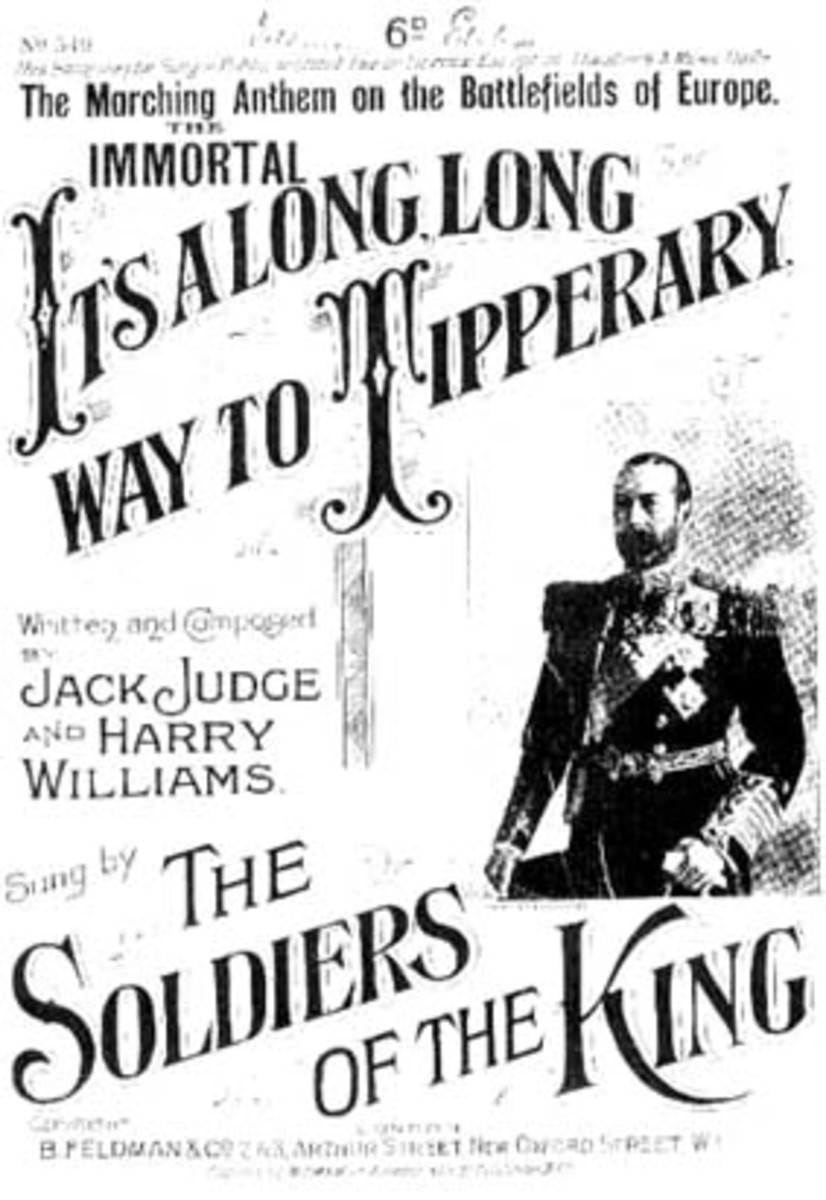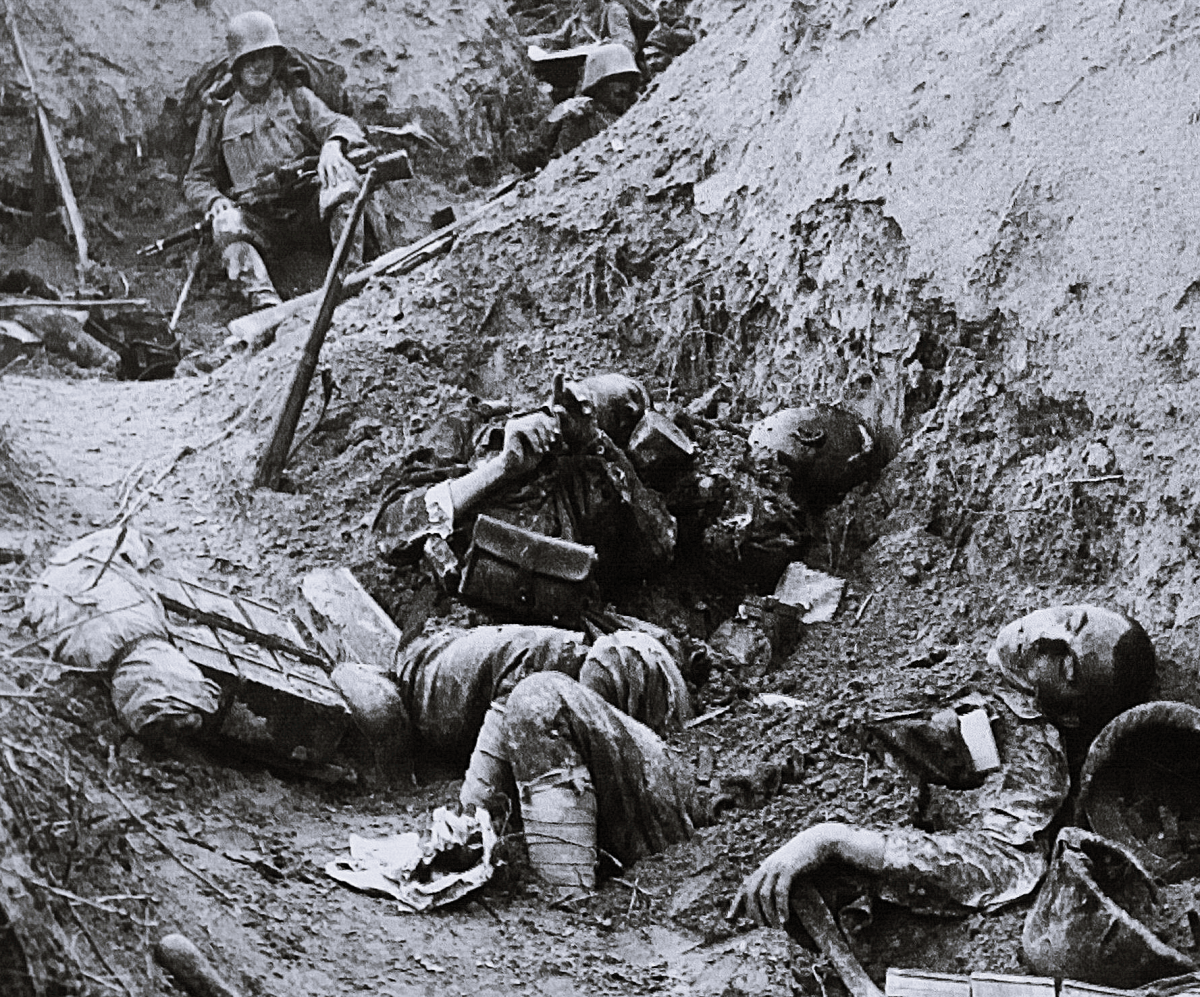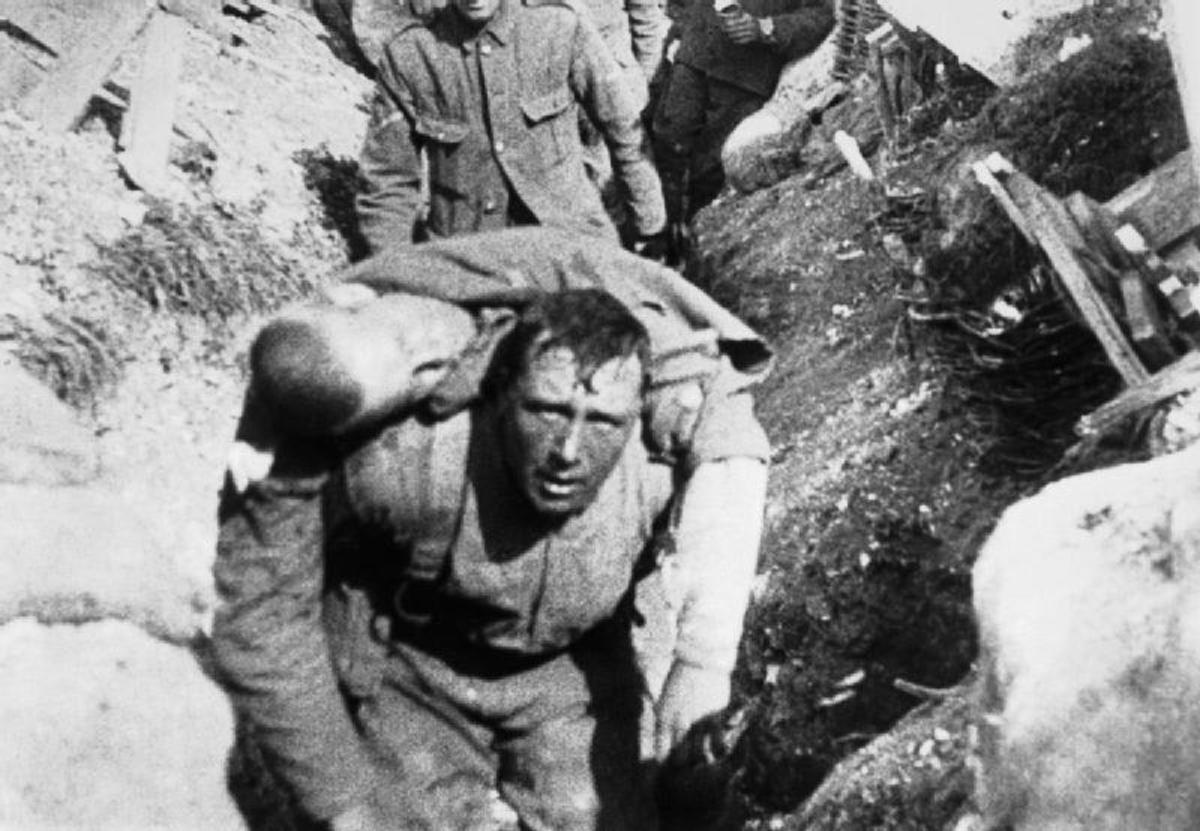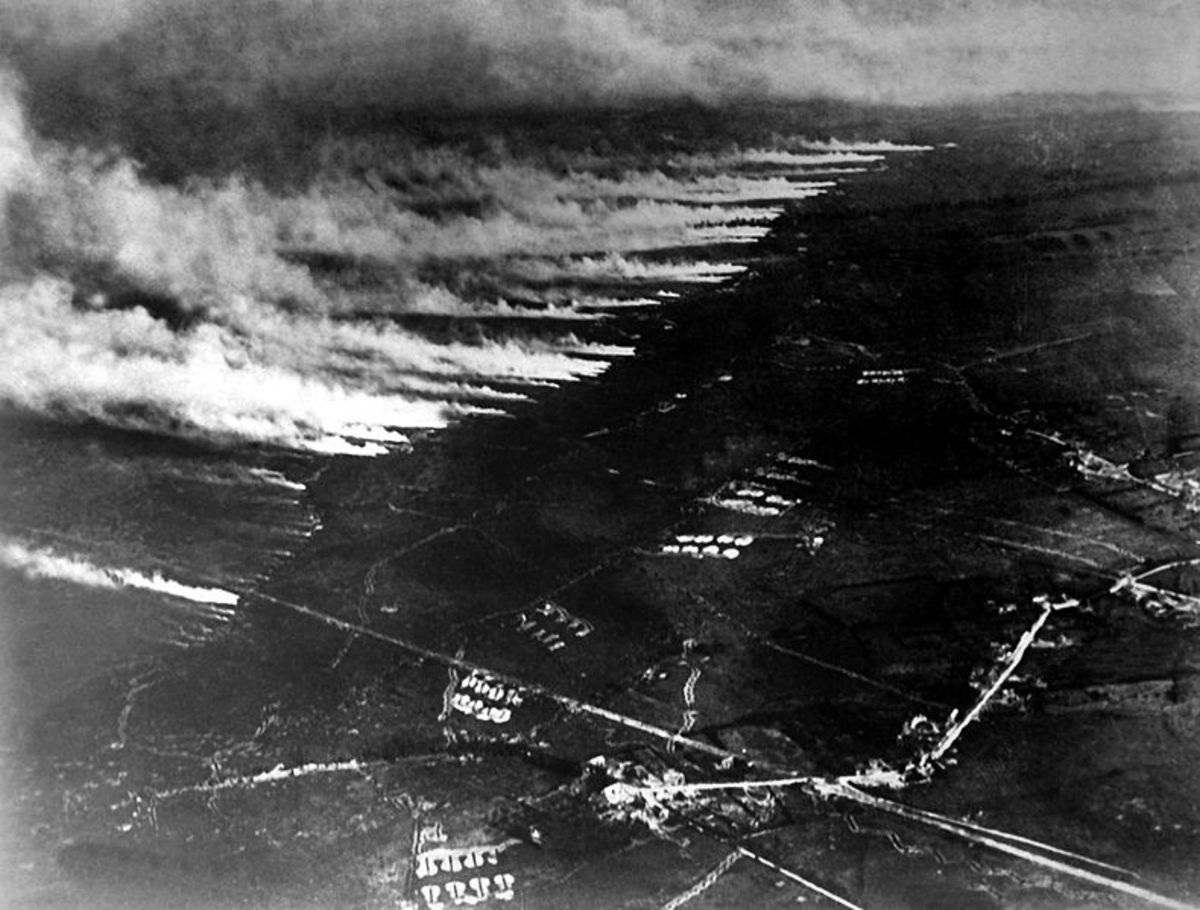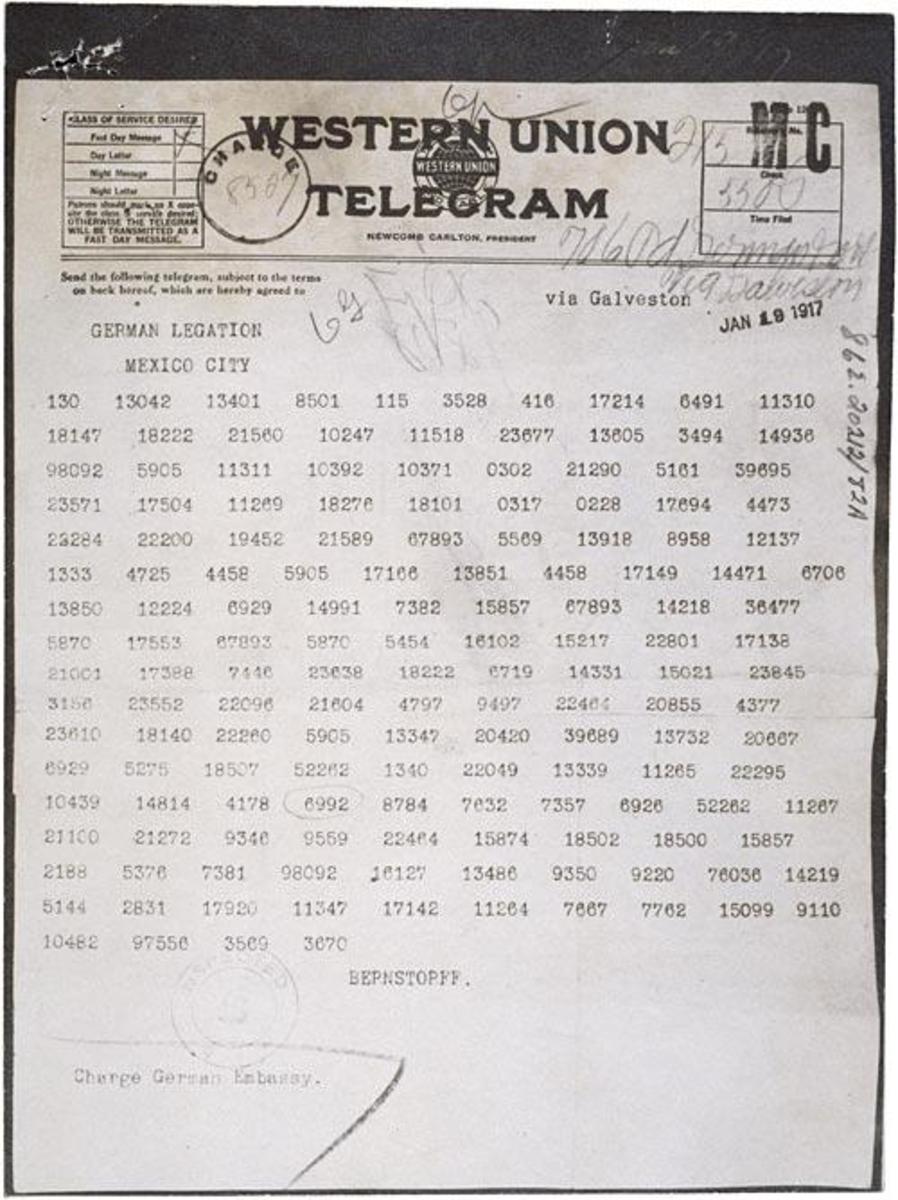- HubPages»
- Education and Science»
- History & Archaeology»
- History of the Modern Era»
- Twentieth Century History
WW I Classroom Activities
The Great War 1914-1918
From 1914 until 1918 the world was at war, "The Great War" as it became known was forecasted to be over by Christmas but because both sides dug themselves into trenches those forecasters were quick to change their minds.
Millions died in the trenches, not all of them from gunshot or shellfire, disease and pestilence was rife and claimed the lives of many of the men fighting for their Countries.
Life was very difficult for the soldiers living in the trenches, they lived in squalid muddy holes in the ground fearing the next bullet or shell would be for them, they saw friends being wounded or dying every day.
For a student learning about the war it can be difficult to understand just what the soldiers in the trenches went through on a daily basis, how difficult life was for those soldiers, how they lived in constant fear of death from a stray bullet or shell.
Arch Duke Franz Ferdinand
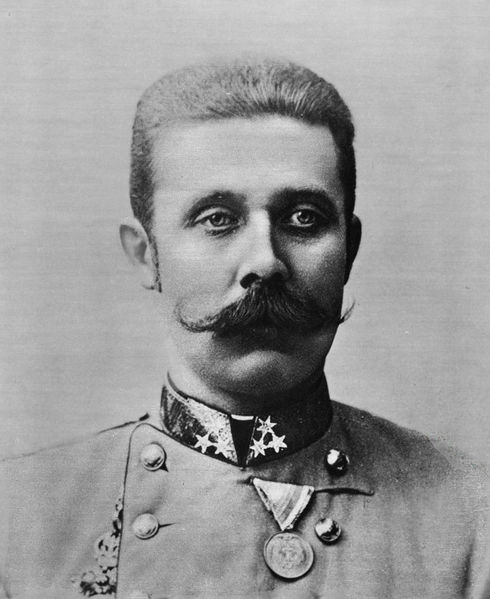
The Causes of World War 1
The assassination of Arch Duke Franz Ferdinand on June 28TH 1914 was the final straw that led to the outbreak of the War, but events that led to the war can be traced back for as long as 31 years before then.
There were many factors leading the world into war including power struggles, Civil war, pacts signed between countries and political differences.
The Schlieffen Plan
As early as December 1905 it was obvious to the Germans that war was inevitable, and they drew up plans to invade France through Belgium Holland and Luxemburg and although the plan was altered on a number of occasions it was put into action On August 2nd 1914.
Useful Links
A World War 1 Trench

Trench Architecture
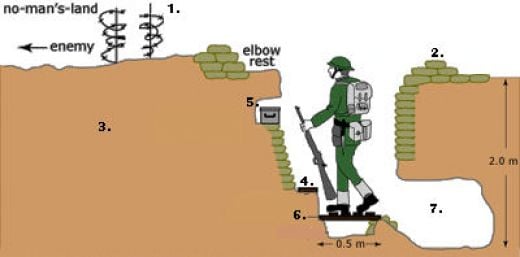
Trench Warfare Classroom Activities
The aim of these activities is to allow students to discover what life was like for a soldier fighting in the trenches, living conditions, daily routine, what soldiers ate and drank. The smells the noise, and learn about the architecture of the trenches.
A Soldiers Letter Home
Ask your students to write a letter home to their families from the perspective that they are a soldier living in the trenches, encourage them to write about the living conditions, the smells, the creatures living in the trenches with them, the noise from gun and shell fire and the constant fear of death.
This will encourage research and give students a greater understanding of the life of a soldier fighting in the trenches of The Great War.
World War 1 a Letter from the Trenches is a good example of such a letter.
Trench Architectur
By asking students to draw a cutaway section of a trench including markers for what each part was used for, it gives the student an overview of trench architecture, they learn where soldiers slept, what sandbags were used for, what and where the firing step was. This encourages research and gives students another insight into trench living.
Daily Routine in the Trenches
The trenches were active 24 hours a day and even while soldiers were dodging bullets and shells there was a daily routine to follow, from "Stand to" before dawn until sometimes "Stand to" the next morning.
Asking students to write about the daily routine in the trenches, again gives an insight into how soldiers coped and lived. How even in all of the chaos, there was still a routine to being followed. Students will also learn about what the soldiers ate and drank in the trenches and what they got up to if they managed to have a little bit of time to themselves.
Some useful online resources that give an insight into trench living.
A day in the Trenches gives an insight into the daily routine of the soldiers in the trenches.
Trench Living gives an insight into what the soldiers ate and drank in the trenches as well as the daily routine.
Uncle Sam Needs You
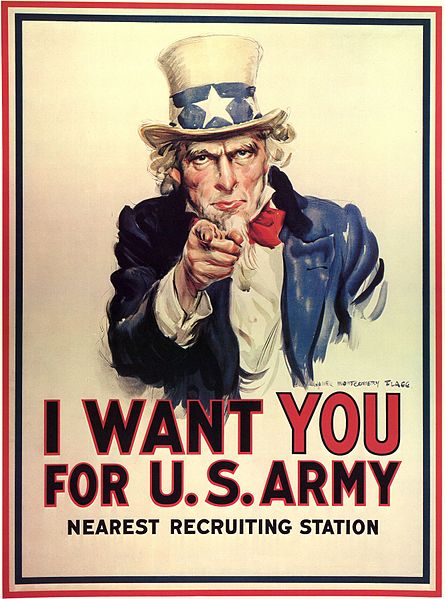
America in World War 1
When The Great War broke out, America was reluctant to join in on the fighting; actually, the United States did not enter the war until 1917.
Why was America reluctant to join the war?
What were the deciding factors that led United States soldiers into the European theatre?
What effect did the sinking of the Lusitanian have on the American people?
What was the reaction to President Wilson's telegram to both sides asking, "What it would take for them to be willing to end the war?
What was the Zimmerman Telegram?
Useful Links
Why did America not Join WW I at First
Why did America Enter the War With Germany
The Ware is Over
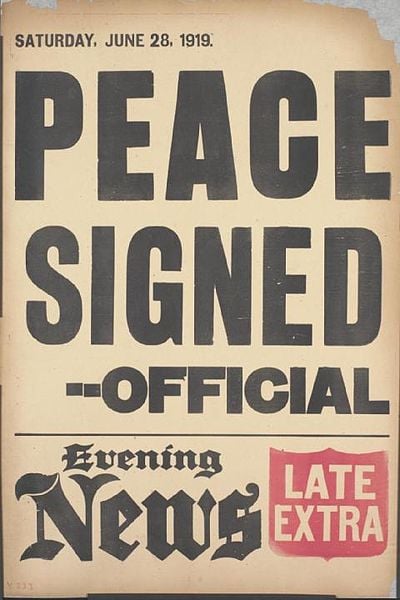
The Armistice and the Versailles Treaty
The Armistice and the Versailles Treaty
On November 11 at 11am, the armistice was signed in a railway carriage near the town of Compiegne, ending the hostilities of the war.
The War to end all wars was over and it was time for the politicians to take over in 1919 after several meetings the treaty of Versailles was signed.
What were the main objectives of the Treaty of Versailles?
What Restrictions did the treaty of Versailles place on Germany?
Who were the "Big Four"?
Why did the "Big Four" become the "Big Three"?
What was the reaction of the German people to the Treaty of Versailles?
How did the map of Europe change after the Treaty of Versailles?
Name the other Treaties signed in France in 1919.
Some useful resources
What was the end result of World War I
The Aftermath of War
With the war over it was time to rebuild, the war had ravaged Europe, whole villages towns and cities had to be rebuilt.
The war had taken its toll with over 16 million soldiers and civilians killed and over 21 million wounded, the ultimate price was paid.
The cost of War gives an insight into the human cost of the war and the financial cost for every nation who took part in World War 1.


